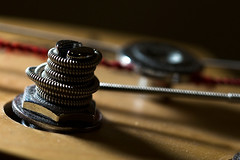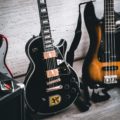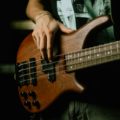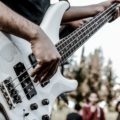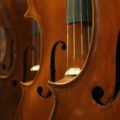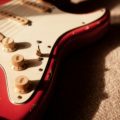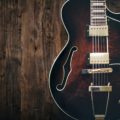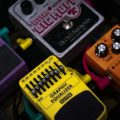Recording and mixing a bass guitar Learning to Enjoy Bass Guitar - Do you enjoy bass guitar? A bass guitar is a four-stringed instrument that typically accompanies a lead guitar. Some bass guitars have additional strings, with 5 or 6 strings in total. Bass guitars produce lower tones, and an electric bass guitar is connected to an amplifier for enhanced sound. When learning to play the bass… track is a crucial aspect of music production that is often overlooked. A well-recorded bass guitar track can either make or break a song as it serves as the anchor of the track. To achieve a great bass guitar sound Ibanez Acoustic Guitars - Ibanez acoustic guitars are among the leading guitar brands in the market. These guitars are incredibly versatile and cater to a wide range of music genres. With so many guitar brands available, it can be challenging to choose just one. However, the Ibanez guitar stands out for its robust qualities and exceptional sound. About Ibanez… , here are some tips from CJ Jacobson:
Direct Recording: Bass guitars have either an active or a passive pickup. If the bass has active pickups, it can be connected directly into the input of the sound card/interface. However, if the bass has passive pickups, a DI box or an external amp simulator, like a bass pod, is needed to raise the low-level signal to a line level.
Mic Recording: The best and most consistent results come from close-mic’ing a bass amp cabinet that is off-center a tad bit. A second mic can also be added and set about 4 feet back. Good mic options to use are the AKG 414 and a Sennheiser 421.
Compressor Settings: Compression is necessary for bass guitars because each string produces different dynamics, and the dynamic range can get very big. Compression is used to smooth out that dynamic range so that the bass track has that sonic anchor that many tunes need. To tighten up the low-end, set the ratio to 2:1 to 4:1, with an attack between 5ms to 20ms and a release between 120 and 250ms, and a threshold between -5 and -10dB. Set the output to compensate for the gain that was reduced.
Distortion: Valve amplifiers are known for some of the best bass sounds, but they can be expensive for a home studio Music Production - Improve Your Sound - The rise in popularity of work-from-home studios has significantly impacted the music production landscape in recent years, driven by the increasing availability of tools and technology. This growth has led to the emergence of mobile recording rigs, making it possible to record full band performances anywhere. While one might anticipate a wealth of high-quality music,… budget. Adding a tape simulator or some slight distortion from an amp sim is a good idea. Valve DI boxes can also be used to beef up the bass sound without totally distorting it.
Combining DI and Mic Recording: This technique is the best as it allows for the possibility to blend both data into one big one. The only issue is that the stage can be off between the DI and the mic’ed bass. So, you might need to reverse the stage on one of the sound sources.
Equalization: The fundamental bass frequencies are between 125 to 400Hz, and enhancing these can improve more of the bass lines in the mix. The harmonics for the bass are from 1.5 to 3kHz. Boosting these frequencies can increase the quality and pluck. Boosting between 5 to 7kHz can increase the finger sound. Cutting between 40 and 50Hz can minimize the boom.
Playing with a pick can add harmonics around 4kHz and make the bass sound brighter. Playing with your fingers can provide a more mellow sound. Remember not to boost or cut the same frequencies for the bass guitar and kick drum. If you boost the bass guitar at 100Hz, 250Hz, and 3kHz, do not boost the kick drum in those same frequency ranges. If anything, cut those same frequency ranges.
Manuel Marino is a seasoned Senior Producer, Music Composer, and Artist with over a decade of experience. He specializes in branded entertainment across various mediums, including video games, films, and advertising campaigns. With 20+ years as a game music composer, Manuel has worked on numerous platforms, creating diverse orchestral soundtracks. HIRE ME


 Manuel is a passionate, driven, and techsavvy AV technician,
Manuel is a passionate, driven, and techsavvy AV technician, 